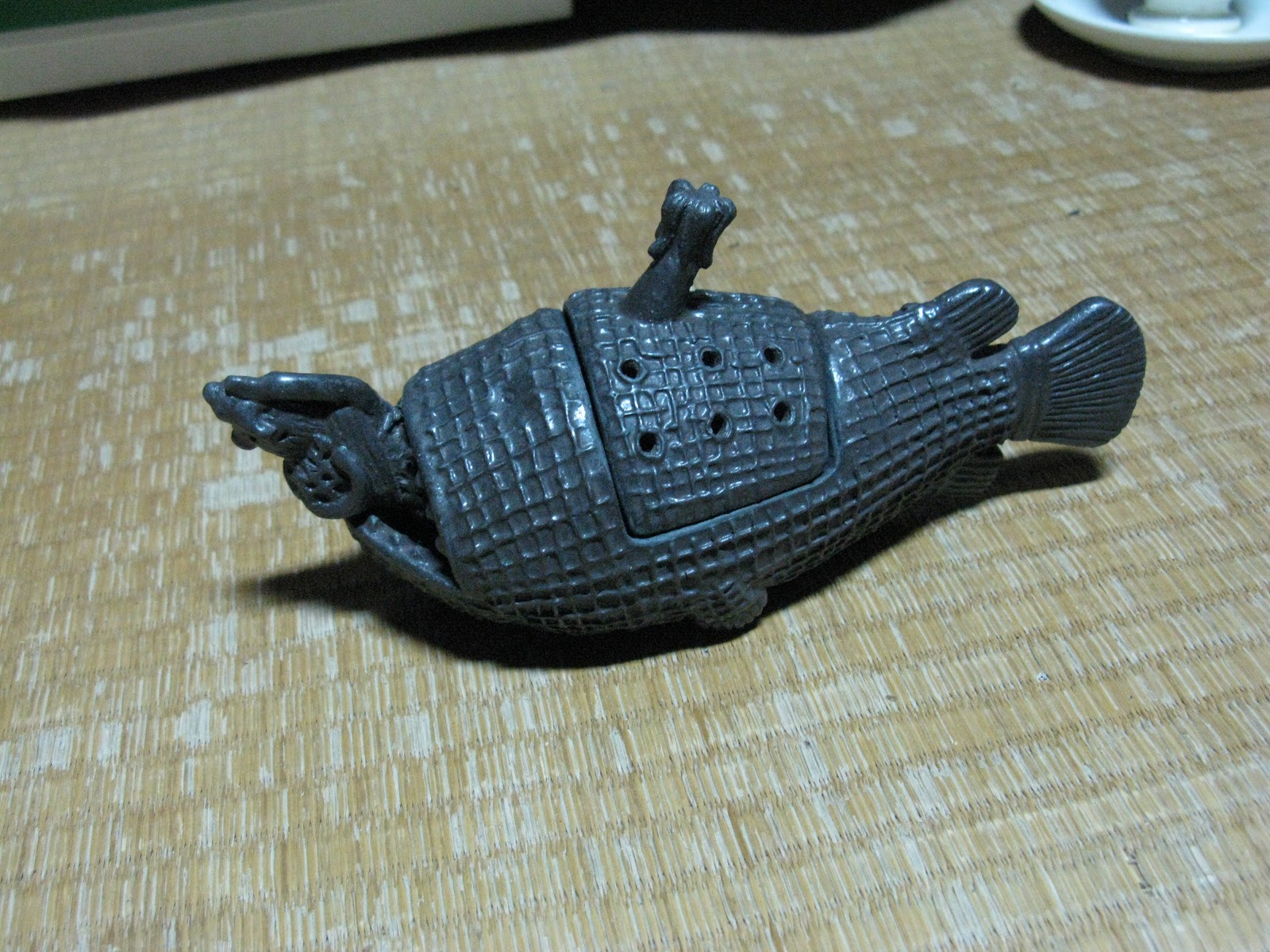BEYOND PLUNDER: LEAVING BEHIND THE MYTH THAT LEADS US TO WAR AND ECOLOGICAL DISASTER
An evening with filmmaker, philosopher and writer Masanori Oe
* Berkeley: Saturday Feb 18, 7 PM, Blue Willow Teaspot1200 Tenth Street, Berkeley, CA 94710 (Near Gilman and San Pablo)
Facebook Event Notice* Santa Cruz: Sunday Feb 19, Resource Center for Non Violence
612 OCEAN STREET, Santa Cruz 95060 (between Water and Soquel, across from Hotel Paradox)Facebook Event Notice

In PHILADELPHIA , Saturday February 11, at International House, (You can meet Masanori and Andy Couturier at this event)
In CHICAGO area at Northwestern University (Andy Couturier will NOT be at this event)
Author, organic farmer and philosopher Masanori Oe will be coming to the US on a multi-city tour for the first time in four decades. A once-only opportunity to meet this major Japanese thought leader.
Oe, profiled in A Different Kind of Luxury (soon to be re-issued as The Abundance of Less), will be showing several short films of 1960s protests, and give us a philosopher's AND activist's view on how to handle these times we are in.
 |
| Woodblock print by Masanori Oe |
 Oe will be accompanied by author Andy Couturier, and there will be a lot of time for conversation after the short film screenings. (Please note that there are strong images of Vietnam war era violence in the films).
Oe will be accompanied by author Andy Couturier, and there will be a lot of time for conversation after the short film screenings. (Please note that there are strong images of Vietnam war era violence in the films). Besides being a movie director and an author of ten books, Oe is a sculptor and a woodblock print artist, a translator of books by Hindu and Buddhist sages, Native American and Australian aboriginal spirituality for Japanese audiences, a photographer, an ecological educator, an organic farmer in the tradition of Masanobu Fukuoka (One Straw Revolution), and an antiwar activist. In the early 1970 he helped to found one of the first health-food stores in Japan, and helped to write the first Japanese version of the Whole Earth Catalog and he has organized massive festivals of alternative culture attended by thousands of people.
"A real mind blower" said publisher Peter Goodman about Chapter 11 in A Different Kind of Luxury which profiles Oe.
 |
| Still from the film GREAT SOCIETY by Masanori Oe |
FROM THE BOOK: Masanori and his partner were asked by the national CBS network to make a film that would be an overview of the entire decade for the annual CBS network convention in New York, with permission to use footage from the CBS archive. He explains that it was made with six different screens going simultaneously in order to show the many-sided nature of the times.
Now we’re into the fast-cut, jump-at-you images, one after the other. The screen splits into six, strobe lights flashing, soldiers marching, JFK shot, Oswald shot, miniskirts, Vietnamese POWs, space walks, napalm-burnt children, fighter jets dropping bombs, the American flag, LBJ driving home a point forcefully at a lectern. Too much is happening at once for the mind to perceive. The soundtrack is riveting and disturbing: heart beats, guitar distortion, gurus chanting, a woman screaming as someone is shot, a koto twanging as a mushroom cloud fills the sky.
The images jumping from race riots to liquid light shows to atomic blasts are all in present tense here, not an artifact, or shorthand for “the sixties” digested by some future generation. The images are contemporary, and are rendered as such by the hallucinatory film grammar, prompting again the dilation of the psyche.
Late 60s era of Masanori with his collaborator
Marvin Fishman













































